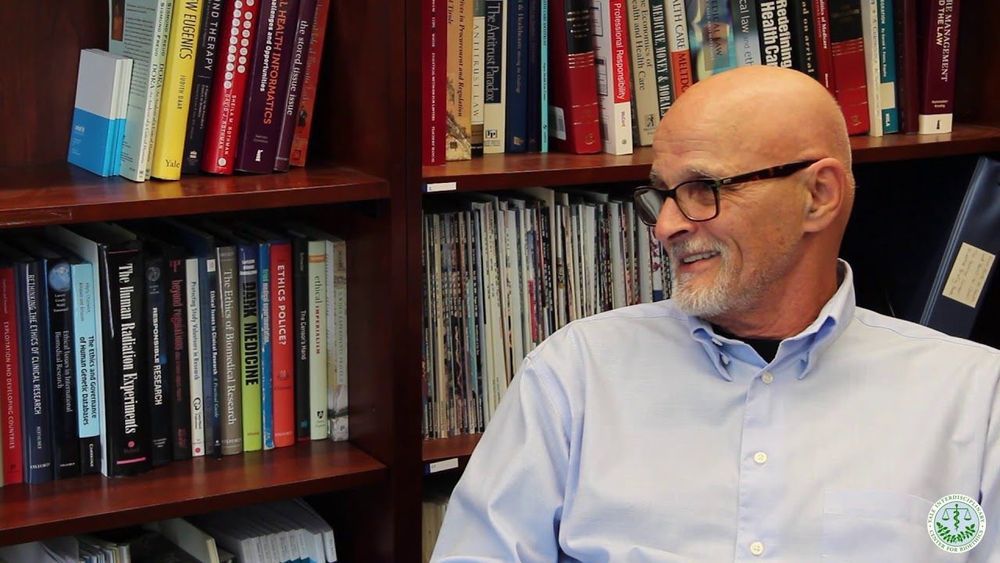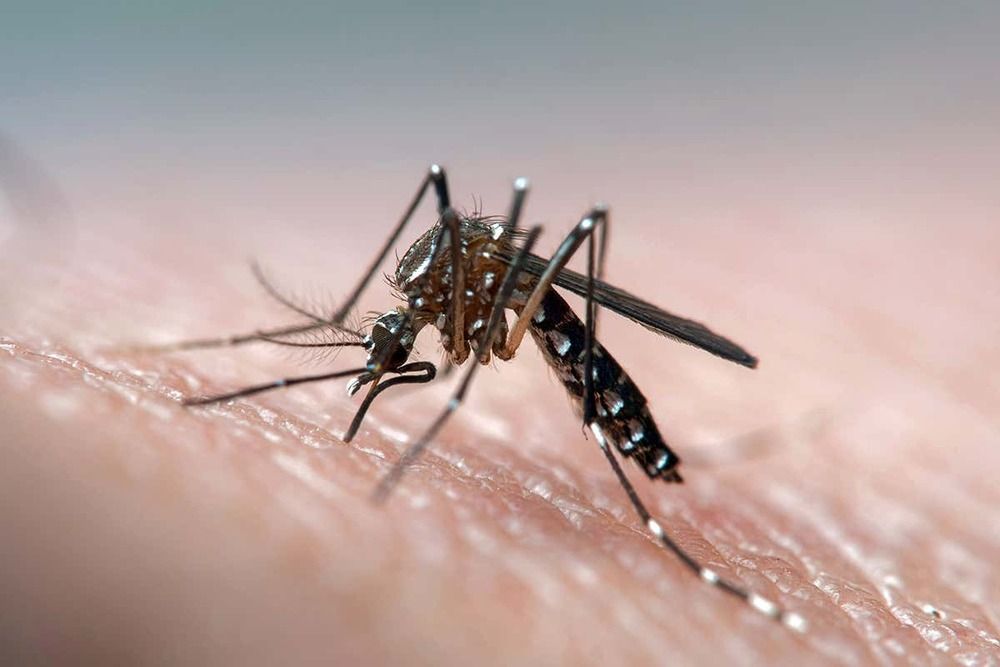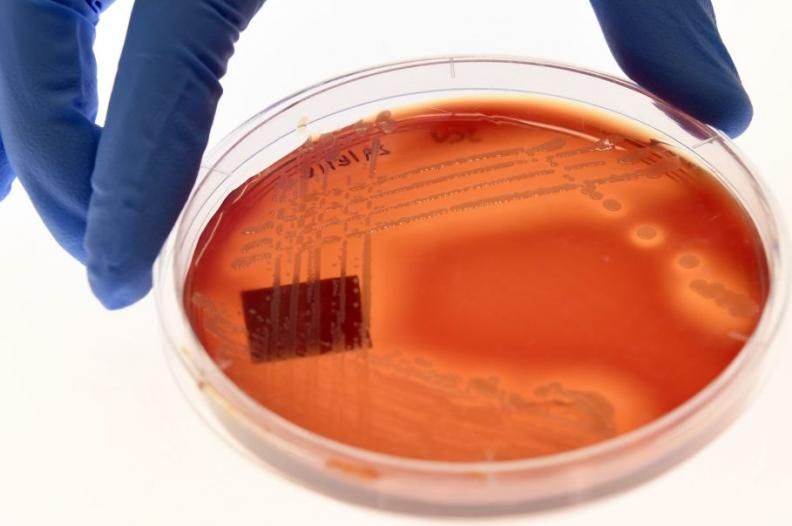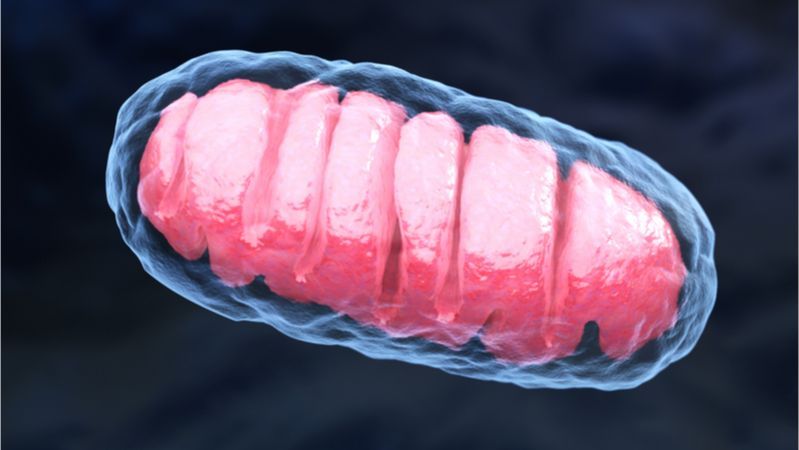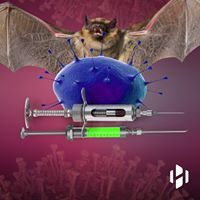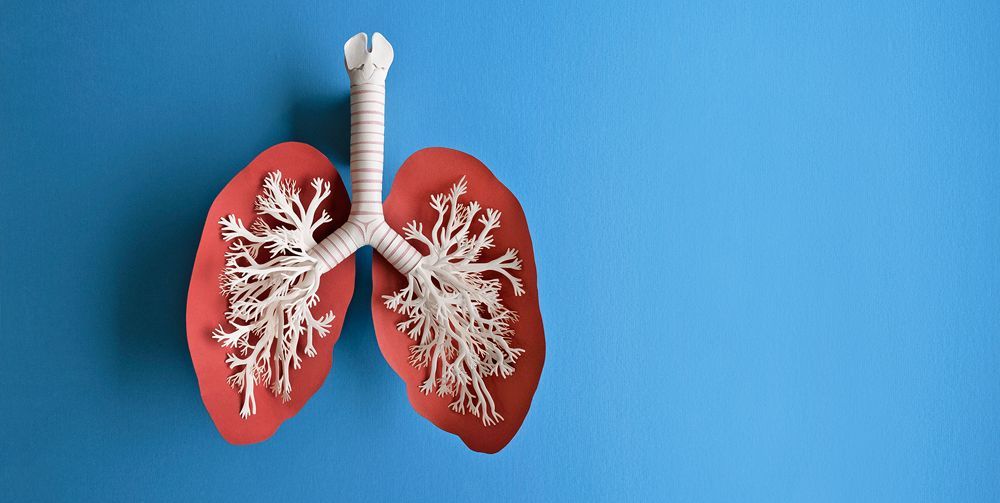Feb 21, 2020
Researchers wake monkeys
Posted by Carse Peel in categories: biotech/medical, neuroscience
A small amount of electricity delivered at a specific frequency to a particular point in the brain will snap a monkey out of even deep anesthesia, pointing to a circuit of brain activity key to consciousness and suggesting potential treatments for debilitating brain disorders.
Macaques put under with general anesthetic drugs commonly administered to human surgical patients, propofol and isoflurane, could be revived and alert within two or three seconds of applying low current, according to a study published today in the journal Neuron by a team led by University of Wisconsin–Madison brain researchers.
“For as long as you’re stimulating their brain, their behavior — full eye opening, reaching for objects in their vicinity, vital sign changes, bodily movements and facial movements — and their brain activity is that of a waking state,” says Yuri Saalmann, UW–Madison psychology and neuroscience professor. “Then, within a few seconds of switching off the stimulation, their eyes closed again. The animal is right back into an unconscious state.”

